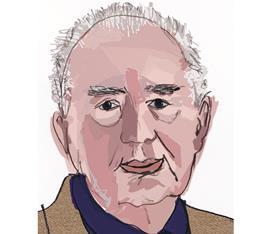In 1678 Lord William Russell, a confirmed opponent of Catholicism, made a speech in parliament asking King Charles II to remove his brother James from the succession. He was unsuccessful and the fallout led, ultimately, to the so-called Rye House plot.

The intention was to assassinate both Charles and James and restore a Protestant monarchy. The Stuarts were to be killed on 1 April 1683 on their way back to London from Newmarket Races. But the races were postponed after a fire and the conspirators were betrayed. Most of them fled to Holland but Russell stood his ground and was charged with treason. Charged with him was Lord Essex, who cut his throat while they were in the Tower.
By the standards of the times Russell received a fair trial. He was not allowed counsel but, leading for the prosecution, George Jeffreys – later the infamous judge – was not his usual bullying self and reminded the jury that no innocent man should have his life taken away. Russell argued that at worst he was guilty of misprision of treason, which was no longer a capital offence.
MORE FROM JAMES MORTON
- A bold entry to English courts
- Troublemakers in rude health
- Identity politics in the courtroom
- Early pre-nup in Blitz and pieces
- Soho’s ‘fight that never was’
Lord chief justice Francis Pemberton summed up for an acquittal, earning him the sack from the King.
Pleas for mercy were ignored and on 21 July 1683 in Lincoln’s Inn Fields the executioner Jack Ketch made such a poor job of his work that four axe blows were required before the head was separated from the body. After the first stroke Russell looked up and said, ‘You dog, did I give you 10 guineas to use me so inhumanely?’
Russell was later pardoned and there is a commemorative plaque in the rotunda in Lincoln’s Inn Fields.

James Morton is a writer and former criminal defence solicitor































1 Reader's comment